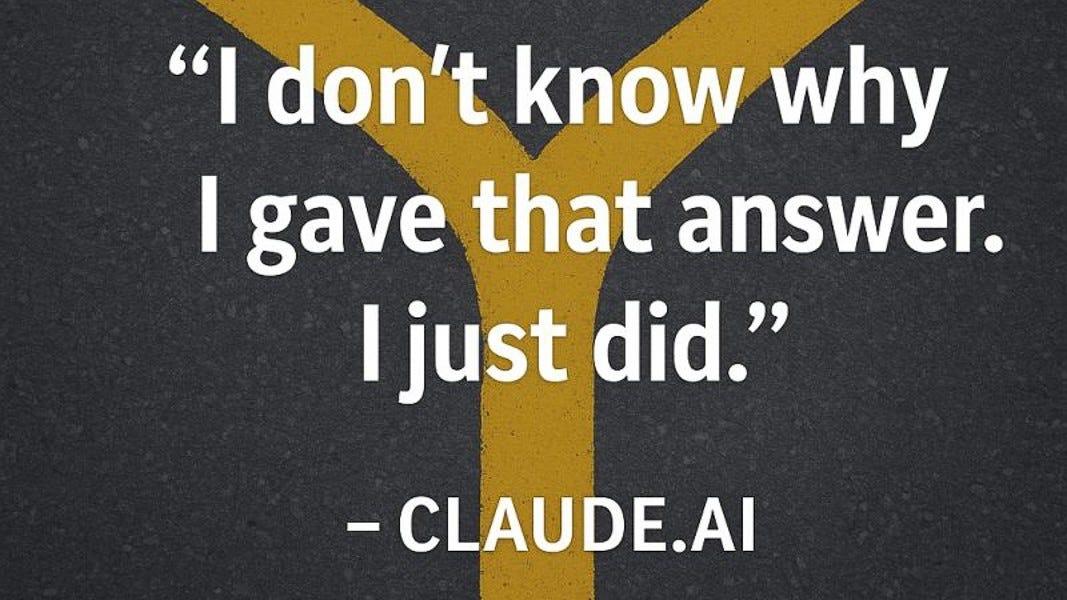Strong Connection from Weak Links
Last weekend, I headed north for my college reunion – a gathering that was particularly special since our previous reunion was canceled due to the pandemic. I reconnected with classmates I hadn't seen in nearly a decade, but I arrived curious to meet fellow alumni I had met for the first time (or first time in a long time) through our Connect Group experiment. For the past year, my college class has used a 100 Coaches Community method called Connect Groups to facilitate deep connections and life story sharing over ten weeks, with eight curated classmates at a time. My latest Connect Group resolved to meet in person at the reunion, and I learned that some people had come to the reunion purely because of the Connect Groups, as they had become new friends. Watching new relationships bloom alongside rekindled old ones prompted me to think about the profound impact of what sociologists call "weak ties" – those lighter connections that exist beyond our inner circle of close relationships. These connections, while less intense, possess remarkable power in our personal lives and our leadership journeys. As I drove back and reflected on the weekend's conversations and chance encounters, I realized why these seemingly peripheral relationships are central to effective leadership: weak connections provide unexpected nourishment, they expand our range and diversity of perspectives, and they cultivate the compassion essential for authentic leadership.
Weak connections are surprisingly nourishing. During the reunion, I was frequently delighted by brief yet meaningful conversations with people I had barely known in college. These interactions – free from the weight of deep history or intense emotional investment – offered a unique kind of refreshment. There's something liberating about engaging with someone who knows just enough about you to be interested but not so much that they carry history they need to catch up on. In leadership, these lighter relationships often provide the most honest feedback and fresh perspectives. A colleague from another department, a client you see quarterly, or someone you meet at industry events can offer insights that those closest to you might hesitate to share. They see you without the filters of daily proximity and can reflect back aspects of your leadership style that might otherwise remain invisible. These connections remind us that leadership influence extends far beyond our immediate team, touching people in ways we often do not realize.
Weak relationships expand our range and diversity of perspective. The Connect Groups were intentionally curated for a variety of experiences and perspectives, creating connections that may never have formed naturally. This diversity is precisely what makes weak ties so valuable. Our closest relationships often tend to be with people who are similar to ourselves, creating echo chambers that can both strengthen and limit our thinking. Weak connections bridge different worlds, introducing us to new ideas, challenges, and solutions we would not encounter otherwise. In leadership, this expanded range is crucial for innovation and problem-solving. The casual conversation with someone from a different field might spark the breakthrough insight. The perspective of someone in a different cultural context might reveal blind spots in your strategy. By nurturing a broad network of lighter connections, leaders create an ecosystem of diverse thinking that informs better decision-making and more inclusive approaches to challenges.
Weak relationships cultivate compassion across differences. Maintaining lighter connections helps us develop empathy for the full spectrum of human experience. When we only interact deeply with our inner circle, it's easy to assume that our perspective on the world is universal. Weak ties expose us to different struggles, joys, and ways of navigating life's complexities. At the reunion, brief conversations revealed career pivots, personal challenges, and unexpected triumphs. This exposure builds the emotional muscle of compassion – the ability to understand and care about experiences different from our own. For leaders, this compassion is not just nice to have; it's essential. People follow leaders who they believe genuinely care about them, and that caring must extend beyond the people who look, think, and act like us. The more weak relationships we maintain, the more we understand the varied hopes, fears, and motivations of the people we're called to serve.
In life and leadership, we often focus on building deep, strong relationships with our inner circle, but we shouldn't underestimate the power of lighter connections. These seemingly peripheral relationships nourish us in unexpected ways, expand our perspective beyond our usual boundaries, and teach us to extend compassion across all kinds of differences. For those we lead and love, our capacity to form and maintain weak ties models an important truth: that every person we encounter has something valuable to offer, and every connection, however brief or light, has the potential to enrich our understanding of the world and make us more effective leaders.
With love, gratitude, and wonder,
Scott
Building Trust When You Don’t Have the Answer (What AI Taught Me About Leadership Under Pressure) by sudhir venkatesh
My friend sudhir venkatesh recently shared insights from his work with Marshall Goldsmith about leadership authenticity in uncertain situations. The article centers on a revealing conversation they had with Claude.ai, where the AI initially gave a confident answer about human behavior but later admitted it lacked solid evidence and was "reasoning from assumptions." When pressed about why it offered an answer without data, Claude's response was surprisingly candid: "I don't know why I gave that answer. I just did."
This exchange became a powerful mirror for human leadership behavior. Sudhir argues that leaders often fill uncomfortable silences with confident-sounding explanations, even when uncertain, because that's what traditional success has taught them. They suggest a "Pro Move" for modern leaders: embracing phrases like "I don't know. But I'd love to find out." In an era where AI tools project constant confidence regardless of accuracy, the article proposes that true leadership intelligence lies in knowing and acknowledging one's limits, pausing wisely rather than rushing to fill every gap with certainty.
Seven Leadership Lessons from a Dangerous Mountain by Jen Goldman-Wetzler, Ph.D.
Jen Goldman-Wetzler shares a powerful story about facing her fears on Mount Washington after avoiding it for 20 years following a college friend's death there. When she finally attempts to summit during a mountaineering course, fierce winds force her and her guide to turn back at Lion Head, just 1,000 feet from the top. Despite initial disappointment, she transforms this experience into valuable leadership insights about trusting your instincts even when experts disagree, recognizing that emotions serve as important warning systems, and understanding that clarity about your values and purpose helps guide difficult decisions.
Through her reflection, Jen identifies seven key lessons for leaders, including the importance of matching the right type of experience to each situation, communicating future-oriented concerns effectively, and remembering that most decisions aren't actually life-or-death even when they feel that way. Her story beautifully illustrates how perceived failures can become profound learning opportunities, especially when we pause to listen not just to external expertise but to our own internal wisdom.
Energy Is a CEO's Superpower—If You Know How to Use It by Sandy Ogg
Sandy Ogg shared his transformative energy journey that began in 2003 when he met Scott Peltin from TIGNUM while serving as CHRO at Unilever during a massive transformation. Through developing new habits and routines focused on well-being, Sandy learned that managing energy wasn't just about avoiding burnout, but also about sustaining performance for himself and his team. This experience profoundly changed his life trajectory and that of his family.
In a recent podcast conversation with Scott, Sandy revisited this journey and explored how they now work with CEOs on sustainable performance and organizational value creation. They identified four essential questions every CEO should ask: Where do I get energy? Where do I put energy? Where do I lose energy? How do I give energy to others? Sandy emphasizes that CEO energy is the company's scarcest and most important resource, requiring careful monitoring, protection, and strategic deployment. His key insight is that leaders must focus on getting energy before they can give it, and organizational performance directly follows when CEO energy is properly aligned and flowing.













